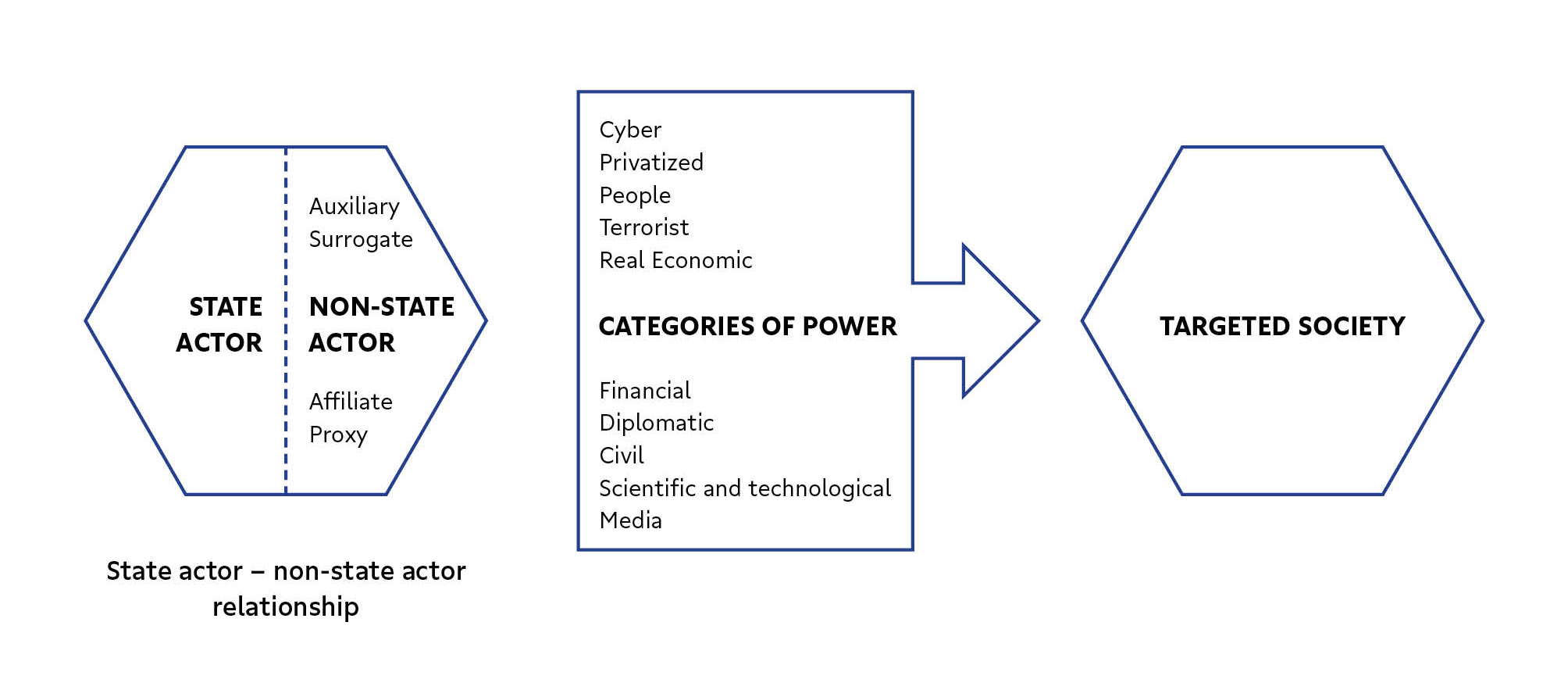Russia has been making vigorous efforts to infiltrate Western political movements and civil society networks, for example through wealthy individuals and foundations affiliated with the Russian Orthodox Church. Similarly, China has worked hard to implement the United Front approach, through which the Chinese Communist Party seeks to induce diaspora organizations, foreign business, academic associations, political parties and individual influencers to carry out its will across the globe, while maintaining nominal deniability.
Both the Russian and Chinese efforts are examples of how states use non-state actors (NSAs) in their hybrid threat activities. Non-state actors range from individuals to private corporations, religious institutions, humanitarian organizations, armed groups and de facto regimes in actual control of territory and populations. Non-state actors play a crucial role in the hybrid threat landscape. However, there is no agreed definition of the concept itself.
Hybrid CoE’s new research has produced a taxonomy of NSAs, providing practitioners and decision-makers with a tool to detect potential hybrid threats posed by non-state actors.
The taxonomy is built around the operational capacities that NSAs may possess, and the types of relationship they may have with a state sponsor:
Hybrid threat activities through non-state actor clients
According to the new research, the role played by NSAs in the context of hybrid threats is likely to continue to gain importance, as the variety of NSAs suited to such a role is likely to increase.
“It is vital to listen to practitioners so that the toolbox for detecting and countering NSAs engaged in hybrid threat activities is as effective as possible,” said Janne Jokinen, Deputy Director of the Community of Interest on Hybrid Influence and one of the authors of the new study. “A key element in this discussion should be the collaboration between public authorities and private actors, including civil society organizations, private enterprise, and the population at large.”


